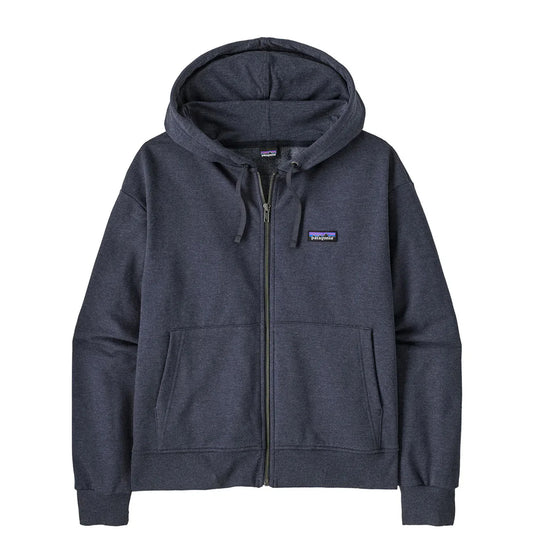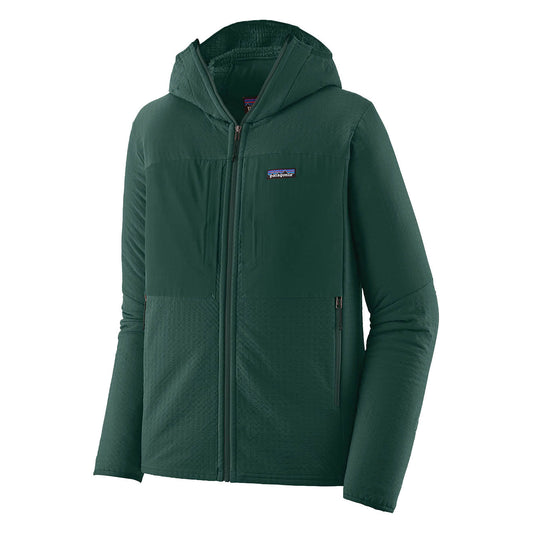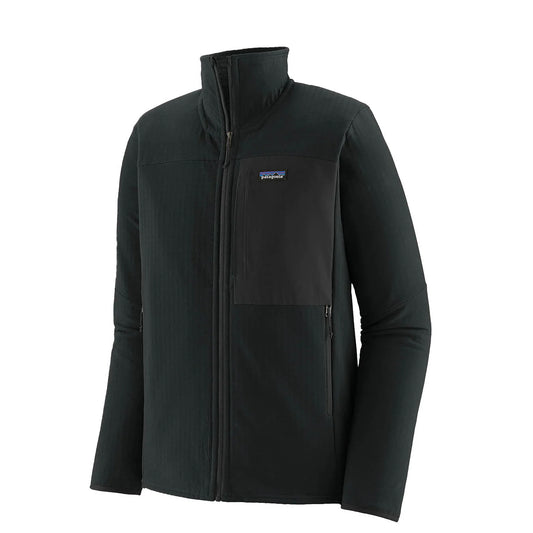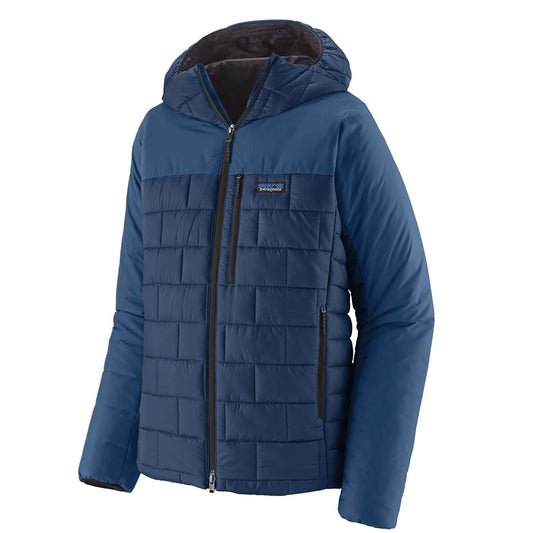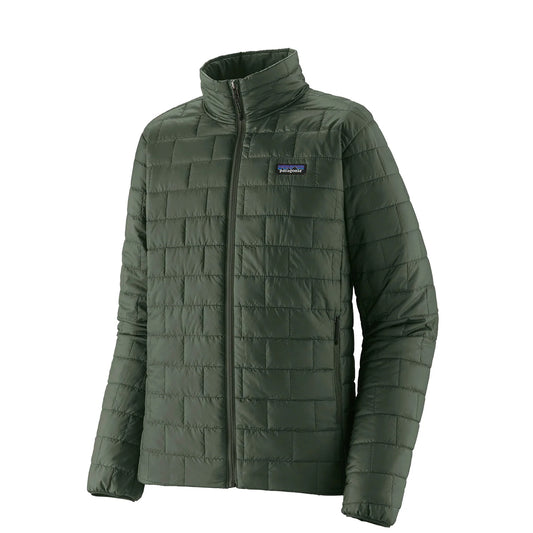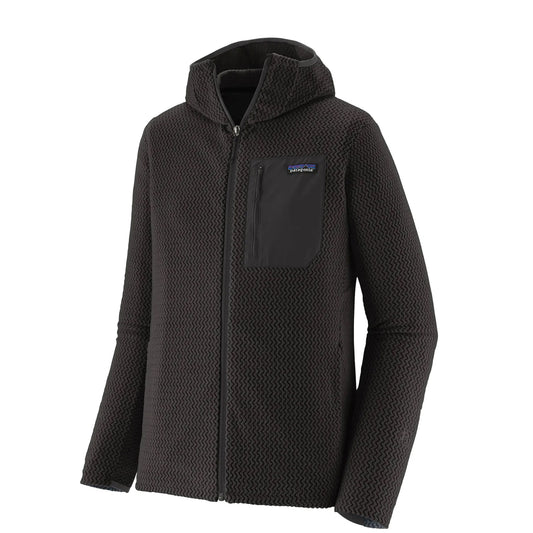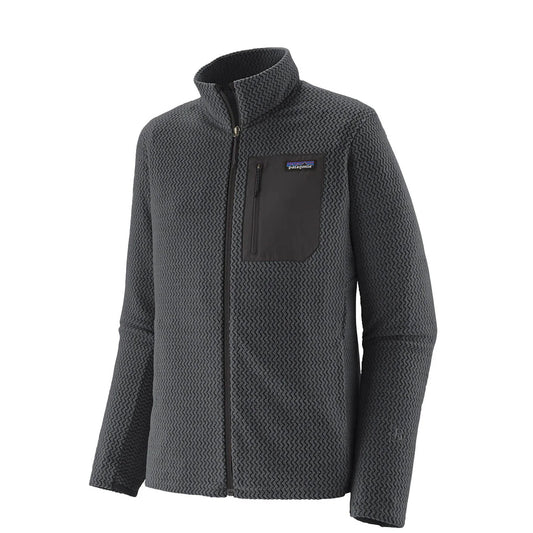Table of Contents
- Yvon Chouinard: Founder and Outdoor Pioneer
- From Reusable Pitons to Functional Outdoor Clothing
- Why the Name 'Patagonia'?
- Climbing, Surfing, and Fly-Fishing: Patagonia’s Core Values
- Environmental Leadership and Anti-Corporate Ethos
- Durability, Sustainability, and Distinctive Style
- Patagonia Today: Ongoing Innovations and Impact
- Explore the Range
- Related Reading
- Frequently Asked Questions
Introducing Patagonia, now available at The Sporting Lodge. If you’re not familiar with Patagonia, Proper Mag delves into its inspiring history.
Yvon Chouinard: Founder and Outdoor Pioneer
The name Yvon Chouinard carries legendary status in climbing, surfing, and fly fishing, alongside his ecological and philanthropic work. Born in 1938 in Maine to French-Canadian parents, Yvon moved to California in 1947, where his passion for the outdoors ignited. At just 14 in 1953, he joined the Southern California Falconry Club, learning to rappel down cliffs to falcon nests, which sparked his lifelong love for climbing. By the late 1950s, he was forging his own pitons in a backyard shed, frustrated with the soft European ones that damaged rock faces. This DIY spirit led to the founding of Chouinard Equipment in 1957, initially sold from his car boot. He joined a maverick group in Yosemite, pioneering big-wall climbs and living a nomadic life funded by gear sales. His innovations, such as reusable hardware, not only changed climbing but also laid the foundation for Patagonia’s future as an outdoor brand committed to minimal environmental impact.

Image: Vintage photo of Yvon Chouinard climbing in Yosemite, capturing his pioneering spirit in black and white.
From Reusable Pitons to Functional Outdoor Clothing
Yvon initially crafted durable climbing pitons but soon saw a need for better clothing. In the 1960s, climbers wore ill-suited cotton layers that shredded on rocks. He began importing hardy rugby shirts with sturdy collars to prevent rope burns while climbing, as well as Scottish wool sweaters for warmth. By the early 1970s, clothing sales had begun to outpace hardware, and in 1973, the Patagonia clothing line was launched under Chouinard Equipment. After product-liability challenges, Chouinard Equipment filed for bankruptcy in 1989; employees then formed Black Diamond Equipment to continue the hardware business. Patagonia popularised pile fleece in 1981 (Synchilla) and released the first fleece made from recycled plastic bottles in 1993. Today, products like Nano Puff jackets use recycled PrimaLoft insulation.
To illustrate Patagonia's evolution, here's a timeline of key milestones:
| Year | Milestone | Impact |
|---|---|---|
| 1953 | Yvon starts climbing | Sparks lifelong passion for the outdoors |
| 1957 | Begins forging pitons | Birth of Chouinard Equipment |
| 1973 | Patagonia founded (clothing line) | Shift to clothing with an environmental focus |
| 1985 | Patagonia pledges 1% of sales to the environment | Begins long-term annual giving |
| 2002 | 1% for the Planet was co-founded | Creates a global network of member companies donating 1% |
| 2011 | ‘Don’t Buy This Jacket’ campaign | Challenges consumerism |
| 2012 | Becomes Benefit Corporation | Legal commitment to social and environmental goals |
| 2022 | Ownership transferred to Patagonia Purpose Trust & Holdfast Collective | Directs profits (after reinvestment) to fighting the climate crisis |
Sources for key dates: Patagonia history, Black Diamond formation (1989), recycled fleece (1993), and ‘Don’t Buy This Jacket’ (2011).
Image suggestion: Infographic-style timeline with icons like a piton for 1957 and a globe for the 2022 sustainability awards.
Why the Name 'Patagonia'?
Chouinard and his friends chose the name "Patagonia" because it conjured visions of remote, rugged landscapes — glaciers, fjords, and wild mountain peaks in southern South America. It evoked untamed adventure and was easy to pronounce in multiple languages, supporting the brand’s global ambitions. The name reflects Patagonia’s deep connection to exploration and nature from the outset and was selected when the clothing line needed its own identity in 1973.
Climbing, Surfing, and Fly-Fishing: Patagonia’s Core Values
Beyond climbing, Patagonia backs surfing and fly-fishing. These outdoor pursuits drive product innovation across jackets, trousers, shirts, and hats. For climbing, items like the Ascensionist Pack offer lightweight durability. Surfers benefit from Yulex wetsuits, which are made from natural rubber, thereby reducing their reliance on petroleum-based neoprene. Fly fishers rely on Swiftcurrent waders made from recycled materials. Each item reflects a commitment to quality, performance, and lower environmental impact — ensuring users are equipped for every adventure, whether river deep or mountain high. Explore Patagonia Fishing for specialised gear.
Here's a guide to Patagonia's core activity gear:
| Activity | Key Products | Innovation |
|---|---|---|
| Climbing | Nano-Air Jackets, Crag Packs | Breathable insulation for dynamic movement |
| Surfing | Yulex Wetsuits, Boardshorts | Plant-based rubber; lower CO₂ vs neoprene |
| Fly-Fishing | Swiftcurrent Waders, Fishing Vests | Recycled-face fabrics; waterproof tech |
Image suggestion: Action shots of climbers, surfers, and fishers in Patagonia gear against dramatic landscapes.
Environmental Leadership and Anti-Corporate Ethos
Patagonia stands apart from typical corporate brands. Since 1985, it has awarded over $140 million to environmental NGOs and grassroots groups. In 2002, Yvon Chouinard co-founded the 1% for the Planet alliance. In 2011, the Black Friday ‘Don’t Buy This Jacket’ ad challenged consumerism. In 2012, Patagonia became a California Benefit Corporation. In 2022, Chouinard transferred ownership of voting stock to the Patagonia Purpose Trust and non-voting stock to the Holdfast Collective, directing profits (beyond reinvestment) to combat the climate crisis. The company aims to achieve carbon neutrality by 2025.
Key sustainability facts:
- 100% renewable electricity in U.S. owned-and-operated facilities since 2019; working toward 100% globally by 2025.
- Goal: eliminate virgin petroleum materials in products by 2025 (move to preferred materials).
- Commitment: give 1% of sales annually to environmental causes (since 1985); co-founded 1% for the Planet in 2002.
- Certified B Corporation; latest published B Impact Score: 151.4.
Sources: Patagonia carbon/renewables updates & goals; 1% giving; B Corp listing.
Image suggestion: Infographic of sustainability metrics, like donation totals and material breakdowns.
Durability, Sustainability, and Distinctive Style
Patagonia garments are recognised for durability, technical performance, and extensive use of organic and recycled materials. Items like Capilene base layers wick moisture for days, while Better Sweater fleeces are made from 100% recycled polyester (not wool). Their distinctive colour palettes and clean designs make them popular with mountaineers and urban explorers alike. Whether on a cliff face or city street, Patagonia’s blend of purpose-driven innovation and style stands strong. Shop Patagonia Fleeces or T-shirts for everyday essentials.
Patagonia Today: Ongoing Innovations and Impact
In 2025, Patagonia will continue its regenerative organic cotton projects, which were initiated through pilots in India, and is working toward packaging that is reusable, home-compostable, renewable, or easily recyclable by 2025. The Holdfast Collective, established in 2022, supports environmental initiatives—worn Wear repairs over 100,000 items a year, keeping kits in circulation for longer. For care tips, refer to 'How to Care for Your Patagonia Waders'.
Explore the Range
View our complete range of Patagonia jackets, trousers, shirts and hats at The Sporting Lodge.
- Jackets | Men’s Jackets | Women’s Jackets
- Fishing Gear | Bags & Backpacks
- Men’s Clothing | Women’s Clothing
- Accessories | Sale
Related Reading
- Patagonia: Tools for a Revolution
- Patagonia: A Refreshingly Responsible Approach to Apparel
- Patagonia: The Right Angle
- How to Care for Your Patagonia Waders
Article by Neil Summers and Mark Smith




